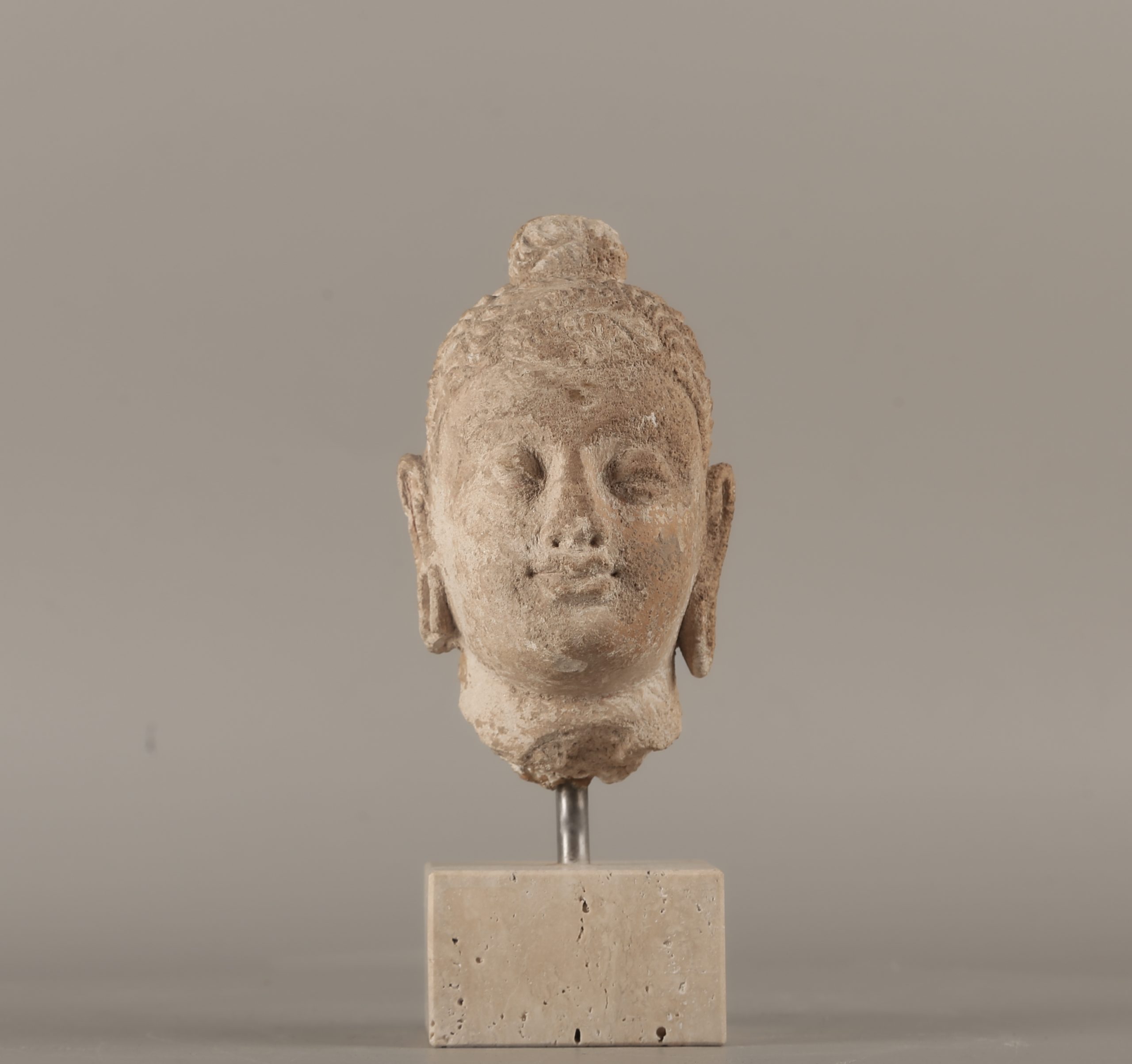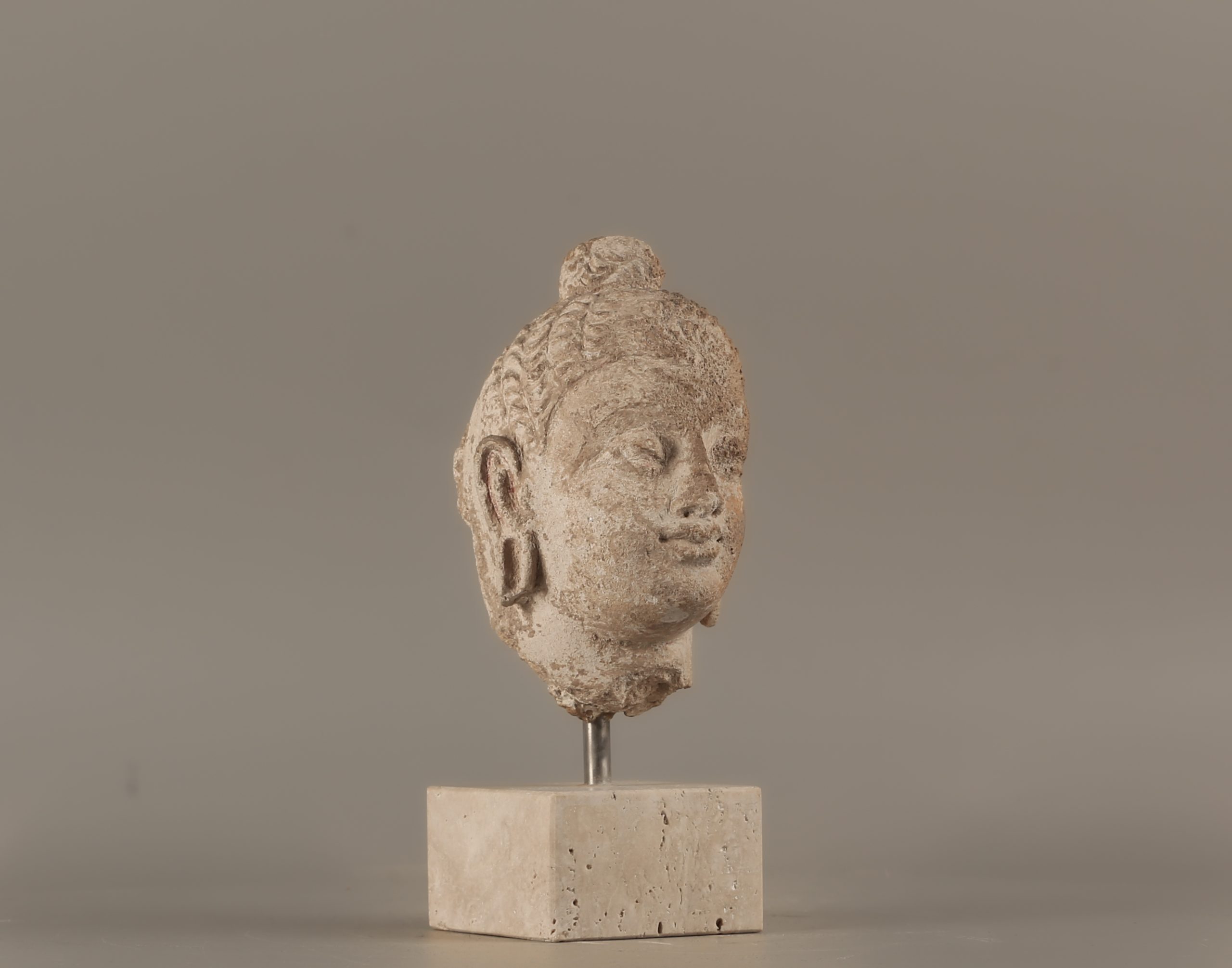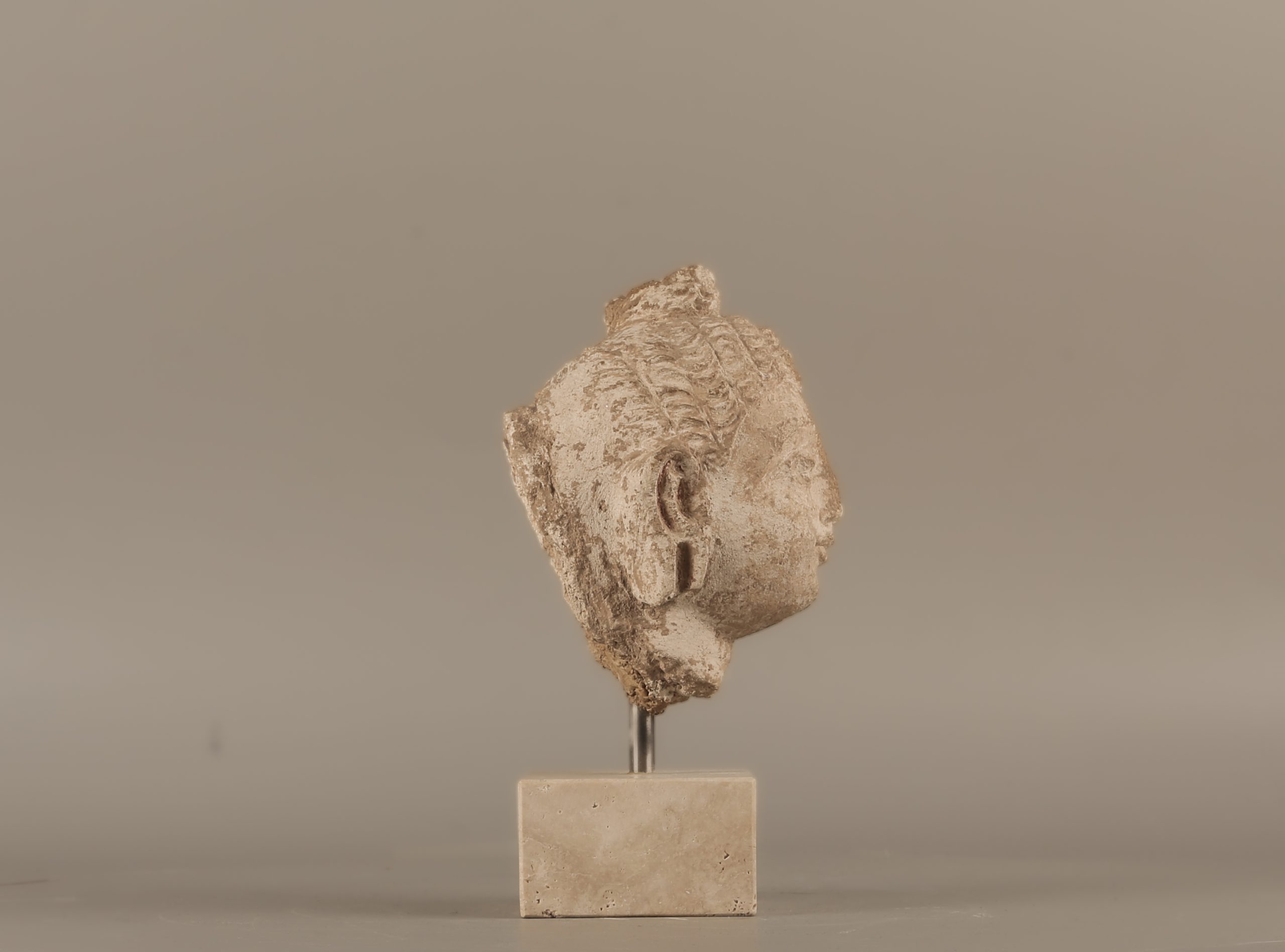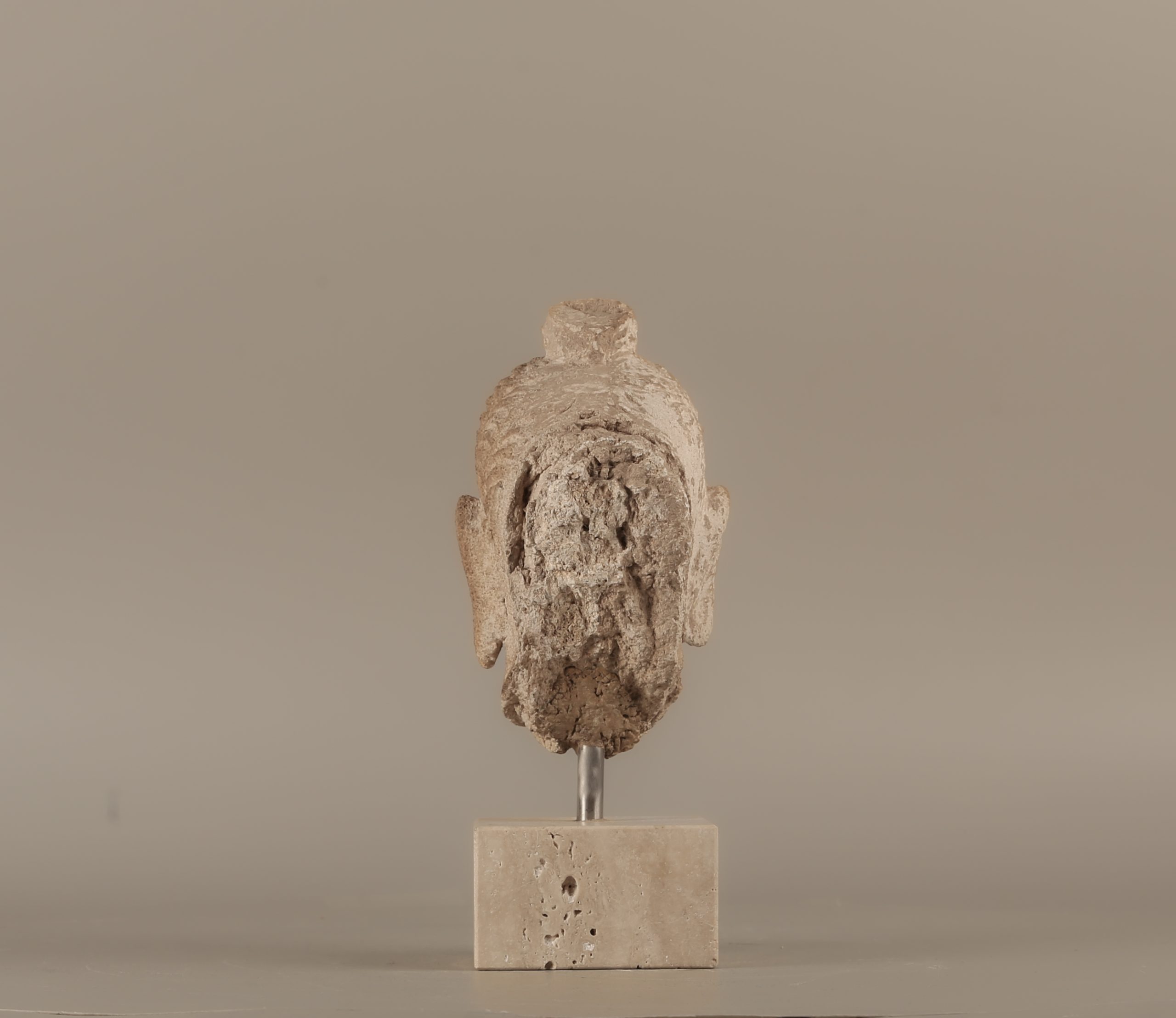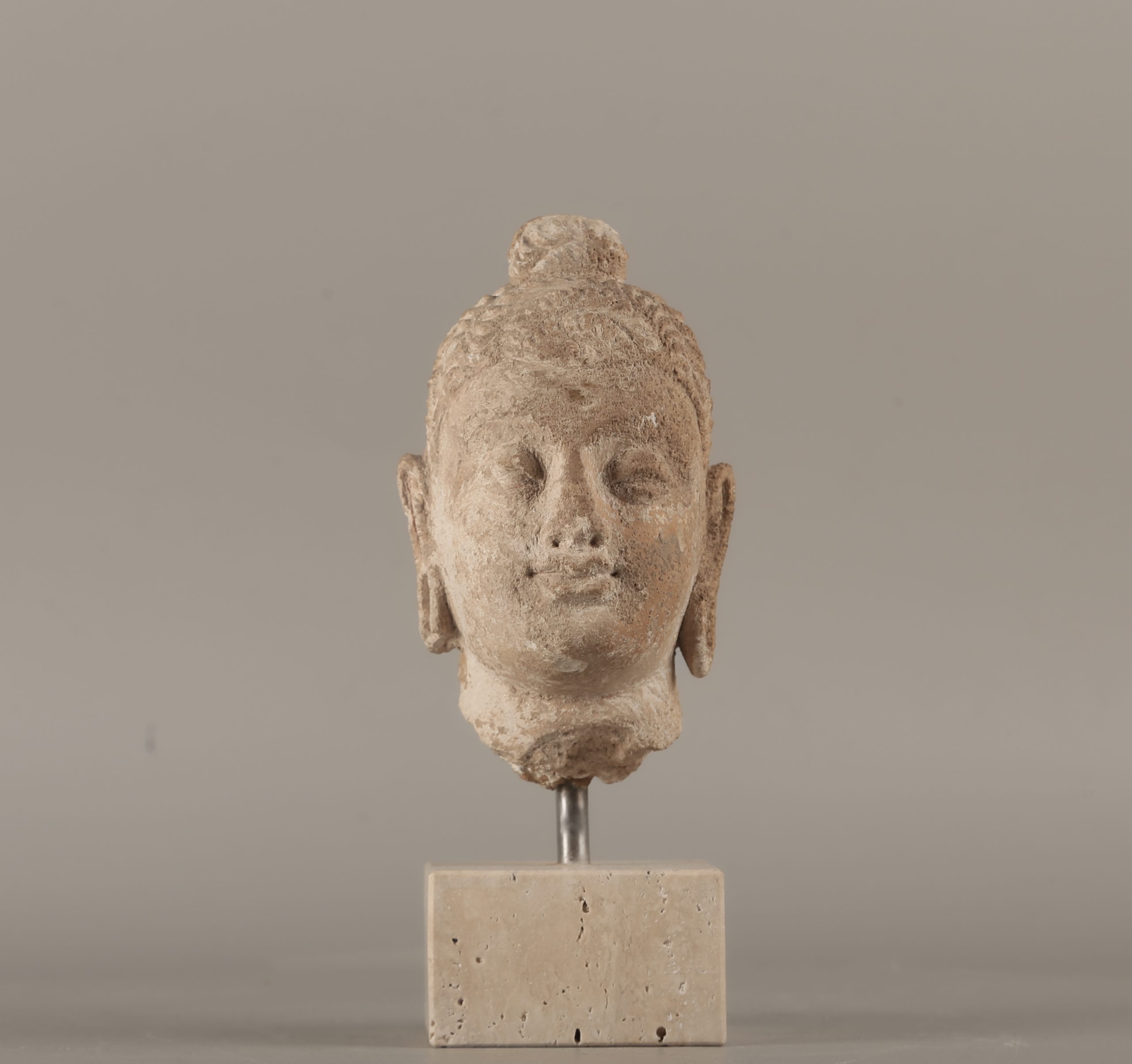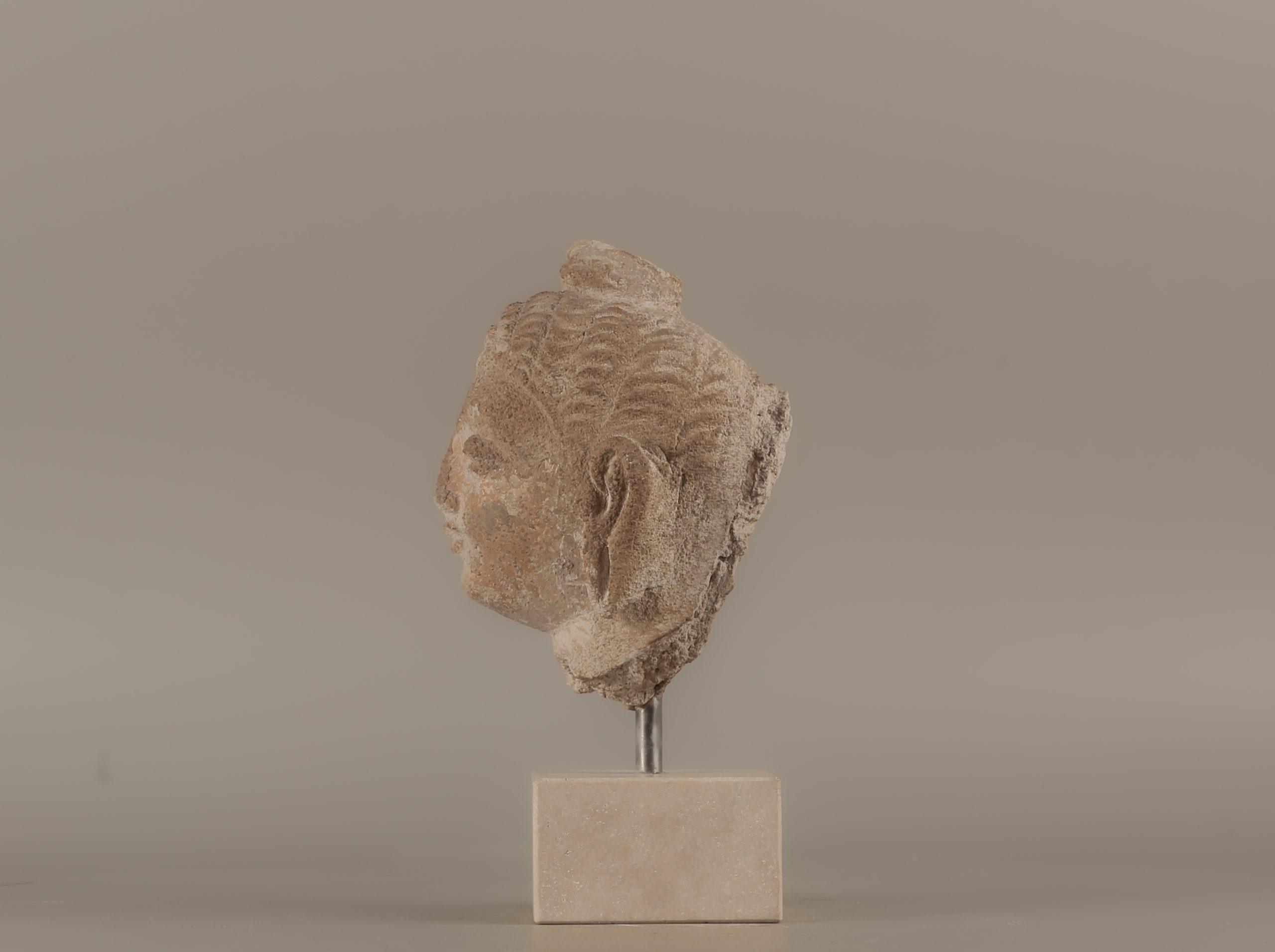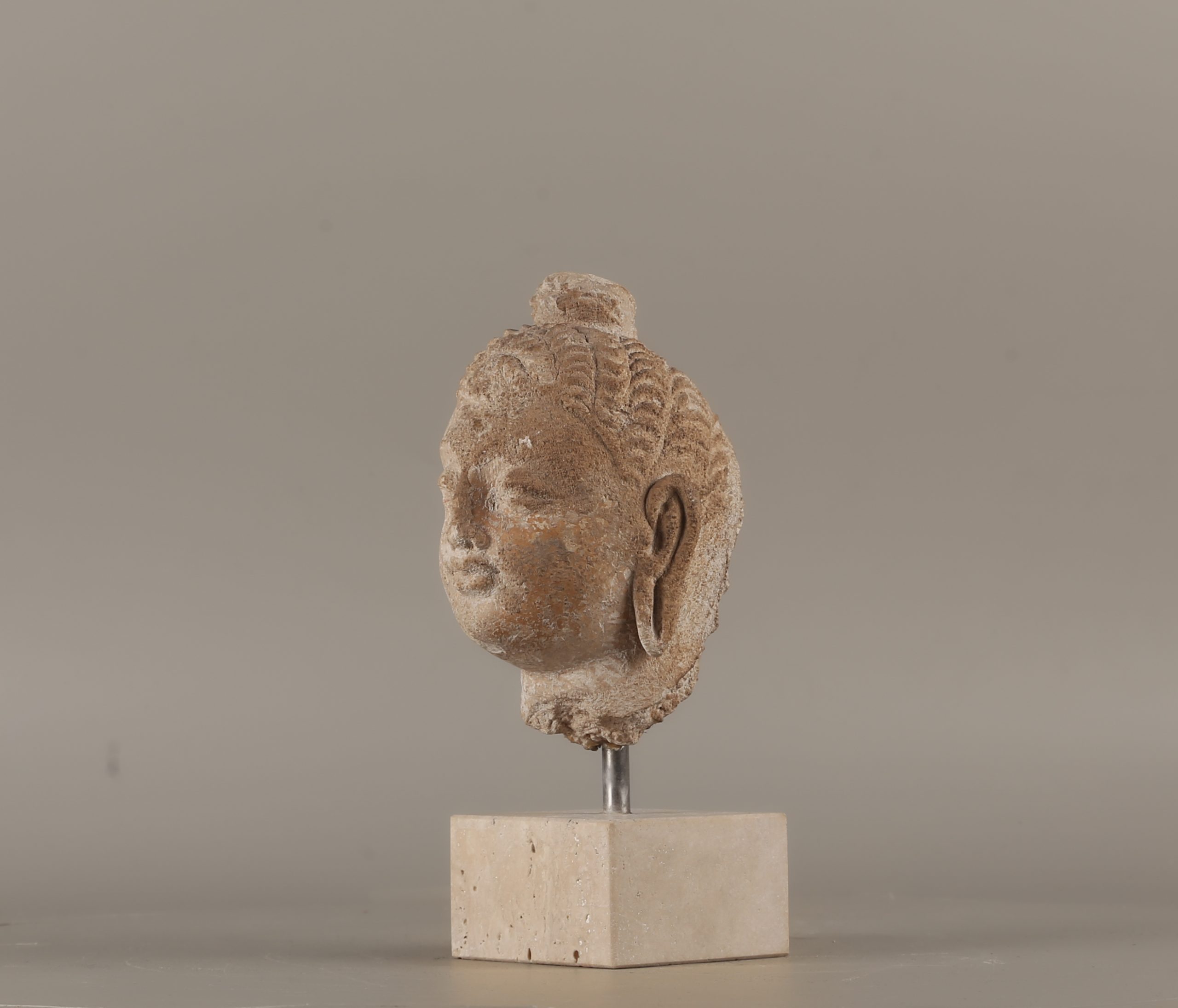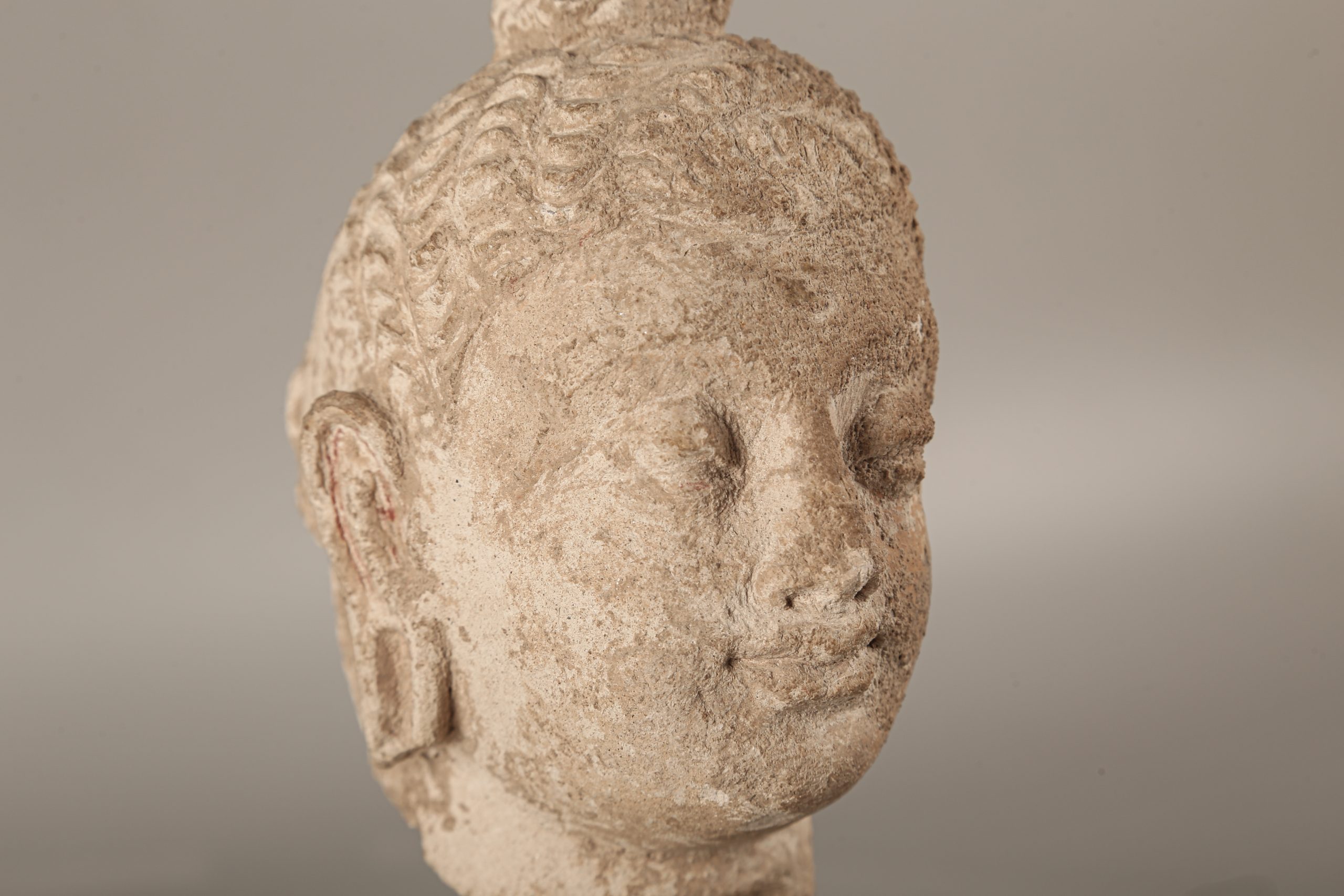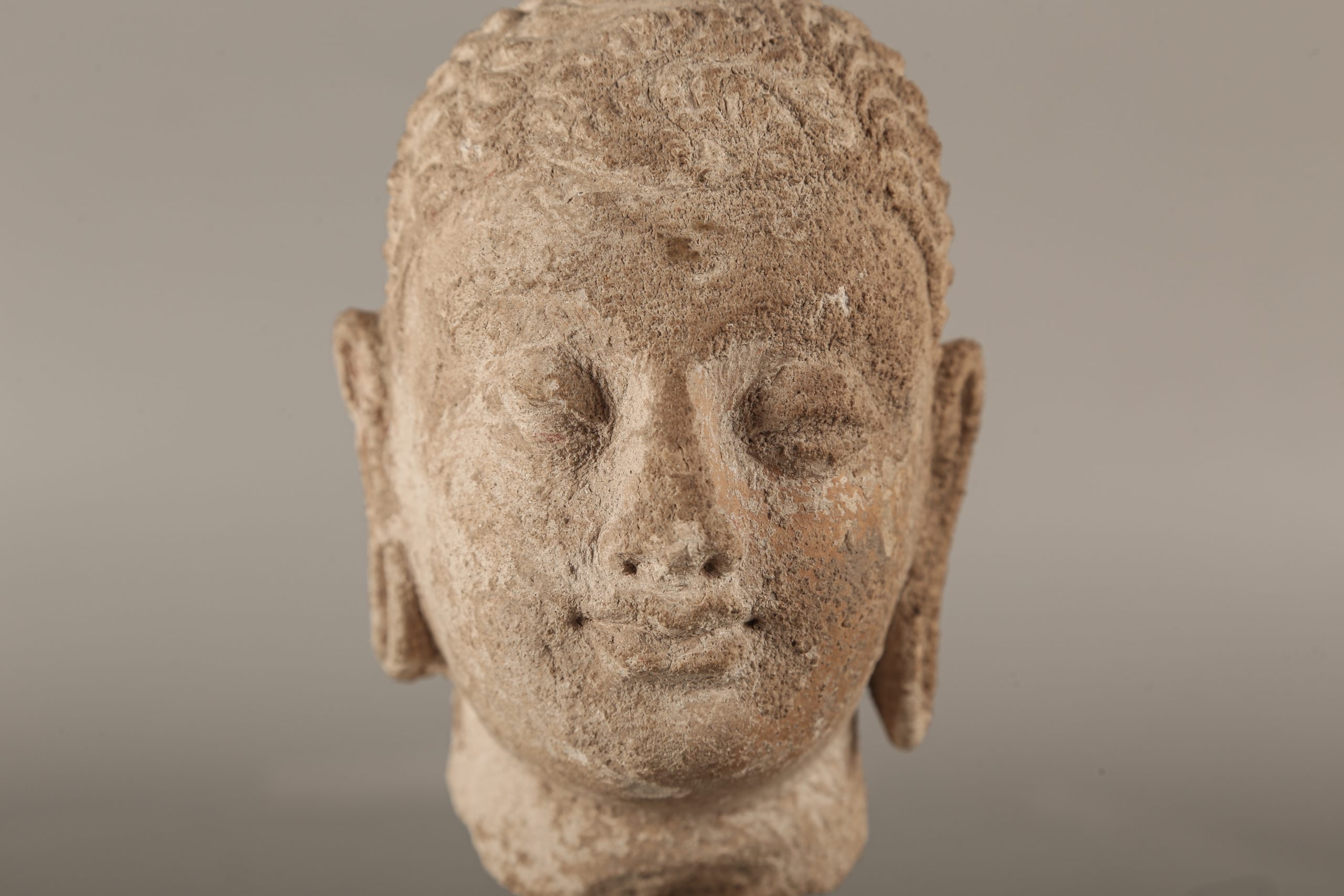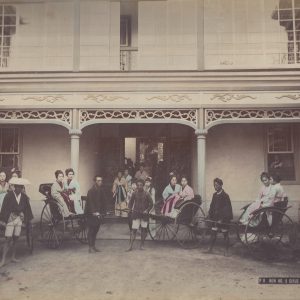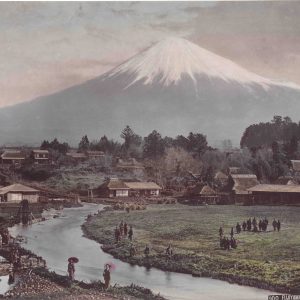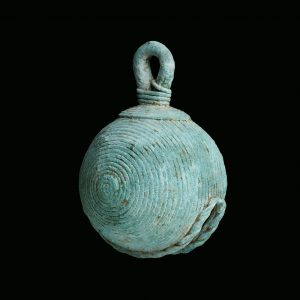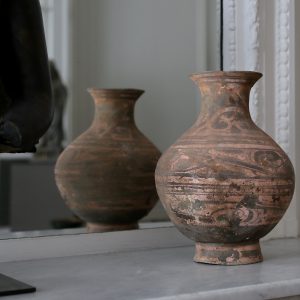Buddha head
Stucco
Ancient Gandhāra region
4th-5th century
H. 12 cm
Description
This is a sensitive representation of Buddha, recognisable by his lākṣaṇa or signs of the Great Man. These are his cranial protuberance, the uṣṇīṣa, as well as the tuft of hair between his eyebrows, called the ūrṇā. These iconographic codes become fixed in the early centuries of our era, at the same time as the first occurrences of anthropomorphic representations of the Buddha appear, thus breaking with a long aniconic tradition.
This paradigm shift originated in the development of a new religious trend, Mahāyāna Buddhism, also known as Great Vehicle Buddhism. The latter now reaches a larger number of followers, and is no longer reserved for an austere monastic elite. Like Mahāyāna Buddhism, religious art is based on a sensitive approach to representations, playing on the connivance with the faithful.
The stucco production of the Gāndhāra, of which this head is a part, inspires vitality in its works through a very sensitive treatment of flesh and modelling, formerly emphasised by polychromy, which has disappeared on this piece. The aim is to strike the soul of the spectators, to impress them, in a permanent search for the best way to touch the faithful, while humanising the image of the Buddha. The statues were made with moulds and the shapes obtained were taken up with a spatula. This technique allows a great deal of ease in the treatment and to obtain, as here, faces with a flexible model. The hair, whose treatment is particularly sensitive, is a fine example.

